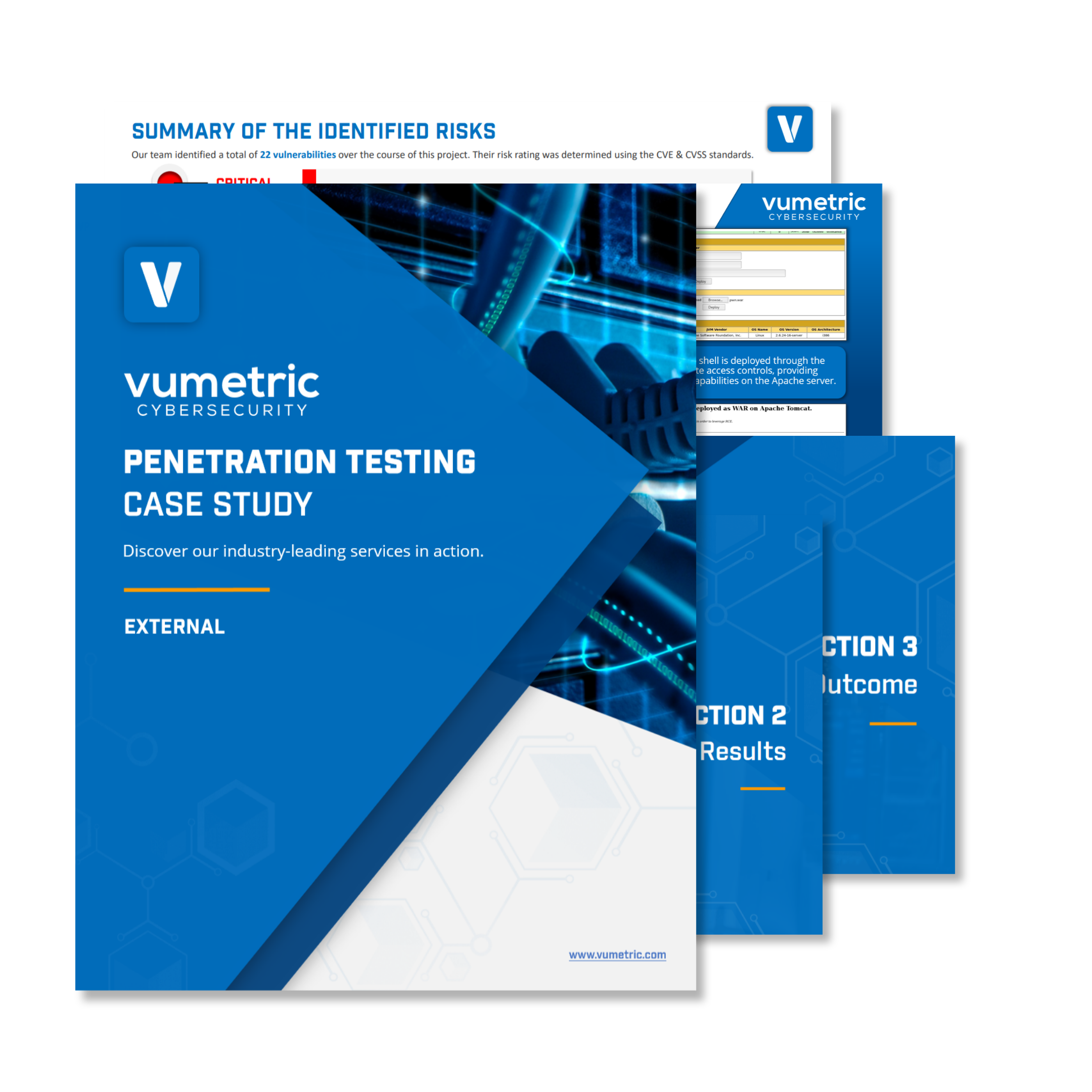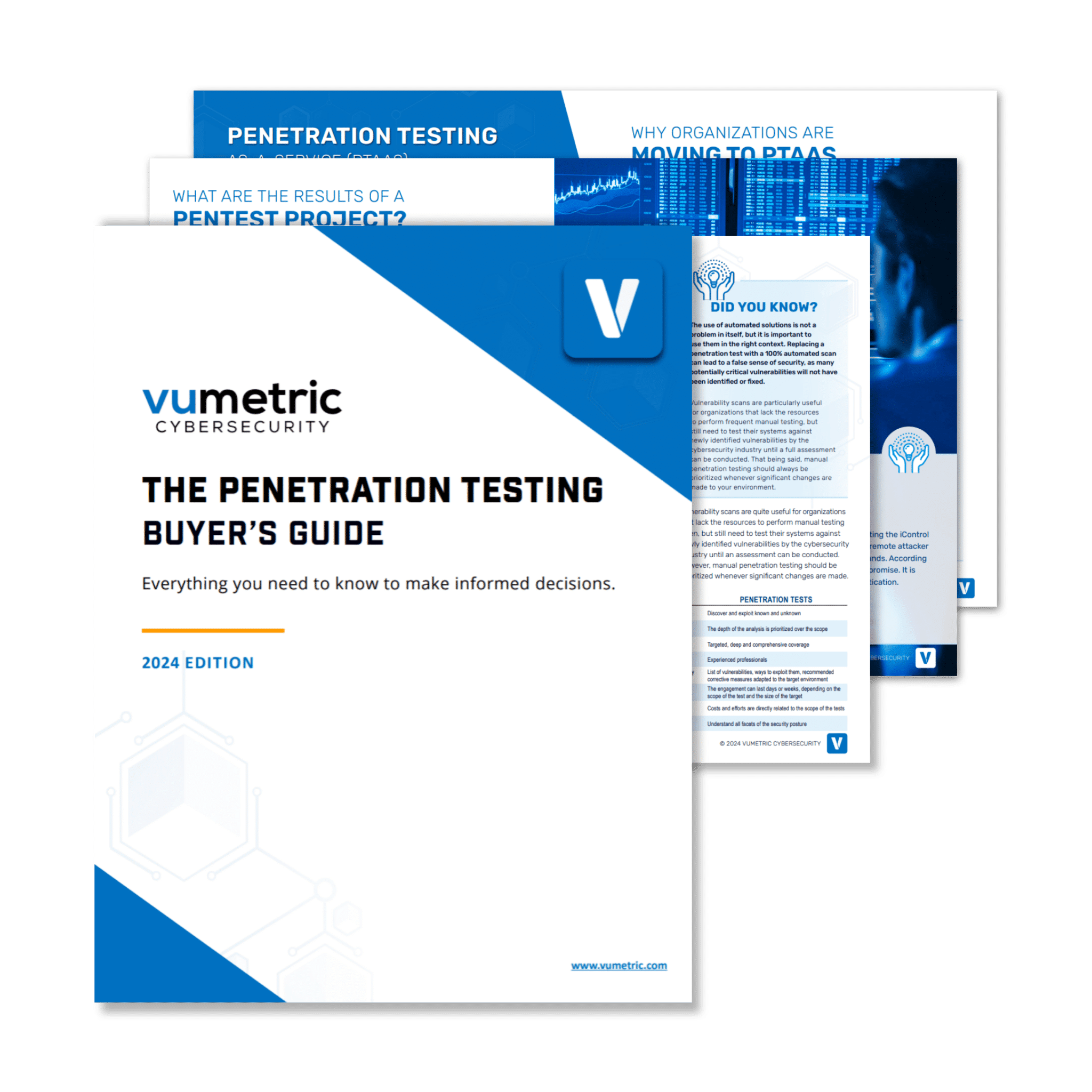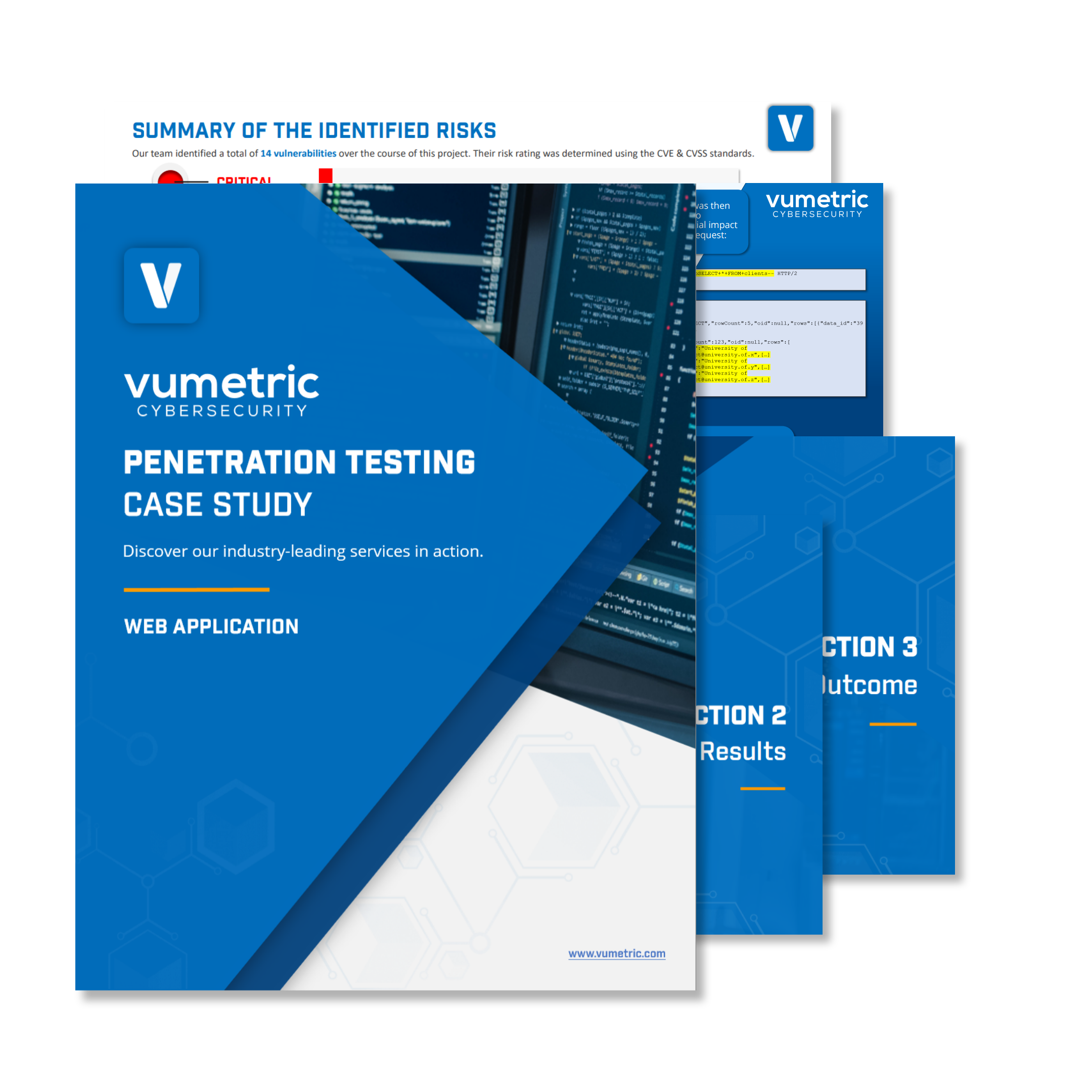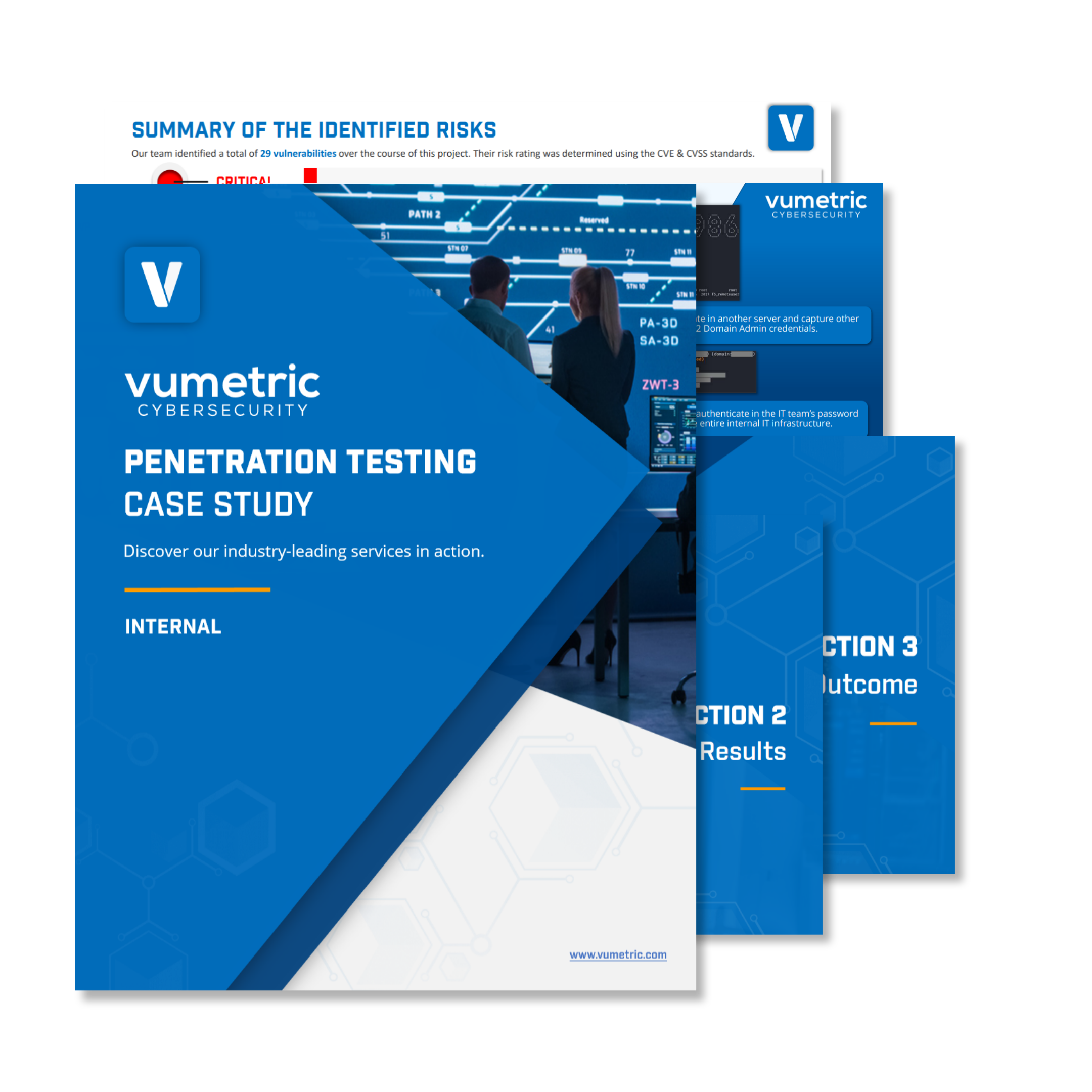As the cybersecurity landscape continues to evolve, organizations must adopt robust security practices to protect their assets. One essential component is penetration testing, which simulates cyberattacks to identify vulnerabilities in an organization’s systems. In this article, we explore the NIST Penetration Testing Framework, a set of guidelines that help organizations conduct effective penetration tests to strengthen their security posture.
Introduction to the NIST Penetration Testing Framework
The National Institute of Standards and Technology (NIST) is a US government agency that develops standards and guidelines for various industries. Among its numerous publications, the NIST Penetration Testing Framework (also known as the NIST SP 800-115) provides a structured approach to penetration testing. By following the framework, organizations can ensure comprehensive, consistent, and effective assessments of their security controls.
Overview of the NIST Penetration Testing Process
The NIST Penetration Testing Framework comprises four key phases:
- Planning
- Discovery
- Attack
- Reporting
Phase 1: Planning
The planning phase is crucial for defining the scope, objectives, and constraints of the penetration test. Organizations should establish clear goals, such as identifying specific vulnerabilities, testing new security controls, or meeting compliance requirements. Additionally, they must outline the boundaries of the test, including target systems, networks, and applications.
During this phase, organizations should also:
- Obtain necessary permissions and legal authorizations
- Select a skilled and qualified penetration testing team
- Establish rules of engagement, including communication protocols and incident response procedures
Need help planning your penetration test? Contact our experts to discuss your organization’s needs and tailor a testing strategy that aligns with your objectives.
Phase 2: Discovery
In the discovery phase, the penetration testing team gathers information about the target environment. This includes identifying potential vulnerabilities, open ports, services, and other points of entry. The discovery phase typically involves both passive and active reconnaissance techniques, such as:
- Network scanning and enumeration
- OS fingerprinting
- Application vulnerability scanning
- Social engineering and information gathering
By thoroughly understanding the target environment, penetration testers can develop informed strategies for the attack phase.
Phase 3: Attack
The attack phase is when penetration testers attempt to exploit identified vulnerabilities to gain unauthorized access or disrupt the target environment. Testers may use various techniques, such as:
- Exploiting known software vulnerabilities
- Brute-force attacks on authentication systems
- Privilege escalation
- Network-based attacks, such as man-in-the-middle (MITM) and distributed denial-of-service (DDoS)
During the attack phase, penetration testers should document their findings, including exploited vulnerabilities, compromised systems, and obtained sensitive data.
External Penetration Testing
Case Study
See our industry-leading services in action and discover how they can help secure your external network perimeter from modern cyber threats and exploits.
Penetration Testing Guide
(2024 Edition)
Everything you need to know to scope, plan and execute successful pentest projects aligned with your risk management strategies and business objectives.
Web Application Penetration Testing
Case Study
See our industry-leading services in action and discover how they can help secure your mission-critical Web Apps / APIs from modern cyber threats and exploits.
Internal Penetration Testing
Case Study
See our industry-leading services in action and discover how they can help secure your internal network infrastructure from modern cyber threats and unauthorized access.
Phase 4: Reporting
In the reporting phase, the penetration testing team compiles a comprehensive report detailing the test’s findings. This report should include:
- A summary of the test’s objectives, scope, and methodology
- A description of discovered vulnerabilities and exploited attack vectors
- Impact assessments for each identified vulnerability
- Recommendations for remediation and mitigation strategies
- An overall evaluation of the organization’s security posture
Organizations should review the report carefully and prioritize the implementation of recommended improvements to strengthen their cybersecurity defenses.
Benefits of the NIST Penetration Testing Framework
Adopting the NIST Penetration Testing Framework offers numerous benefits for organizations, including:
- Comprehensive coverage: The framework’s structured approach ensures a thorough assessment of an organization’s security controls, reducing the likelihood of overlooking critical vulnerabilities.
- Consistency: By following standardized guidelines, organizations can achieve consistent results across multiple tests, making it easier to track progress and measure the effectiveness of implemented security improvements.
- Regulatory compliance: The NIST framework is widely recognized and accepted by regulatory bodies, helping organizations meet compliance requirements for frameworks like HIPAA, PCI DSS, and GDPR.
- Improved risk management: By identifying and addressing vulnerabilities, organizations can proactively manage cybersecurity risks and minimize the potential impact of cyberattacks.
Conclusion
The NIST Penetration Testing Framework offers a systematic approach for organizations to evaluate and strengthen their cybersecurity defenses. By following its guidelines, organizations can conduct comprehensive, consistent, and effective penetration tests that identify and address vulnerabilities, ultimately improving their overall security posture. As cybersecurity threats continue to evolve, adopting robust testing frameworks like NIST’s becomes increasingly essential for organizations to stay ahead of potential risks.
Ready to take the next step in securing your organization? Contact our cybersecurity experts to discuss how our specialized penetration testing services can help you identify and address vulnerabilities in your systems, networks, and applications.








